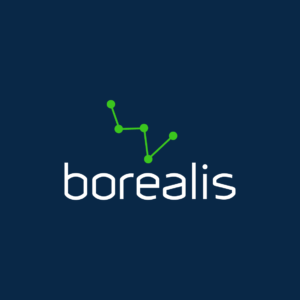Today’s businesses use several types of information systems to manage their operations as efficiently as possible. This means that a huge amount of information is being generated and the increased popularity of smart phones over the past few years has only amplified this trend. This begs the question: How can we take advantage of all the information that has been generated over time? Here is a new concept I’m launching to help you take advantage of this goldmine of information and discover the technological components associated with it.
Hit Replay
The coaches of professional athletes often use video to review the game and to identify the positive and negative points of a game. Why not do the same for your displacement and compensation projects?
Identify your cues in advance and follow your points of interest. For example, the number of complaints and their follow-up, the types of commitments made, the percentage of people affected or amounts spent. This way you can start from day 1 of your project and watch the cues evolve over time.
The goal is to identify trends, recurrences and models as the project unfolds. Using these events, you can set strategies to optimize processes and improve the development of your projects. This analytical approach is the foundation of business intelligence. It allows for a transition from a system that manages operations to one that analyzes them. Engineering business intelligence means using the information gathered in the operational systems to support a more specific analysis of operations. This, of course, is conducted using technological components.
The Technological Components of Business Intelligence
The main technological components called upon are: Information Management Systems (IMS), the extraction process, transformation and data loading (ETL), data warehousing (EDD) and performance indicators. There are other components, but we will limit our scope for now. Let’s take a look at what these terms mean.
The IMS are systems that structure, organize and facilitate the input of information in order to support one or more business processes. In concrete terms, this represents the vast majority of the computer systems you interact with. The process that allows for the extraction of content from these systems is called ETL. It can be thought of as a pump that extracts data, standardizes it and then feeds a data warehouse. Ralph Kimball defines EDD as a system that extracts data and then cleans, standardizes and delivers it to support analyses for decision making purposes.
The primary function of this system is to respond to needs of a business’s decision-making process. In order to guide the development of the EDD structure, it is more effective to establish the performance indicators in advance. By defining what you want to analyze, it will be easier to identify the data you are looking for and the manner in which you should organize it. Performance indicators are the means to analyze your operations summarily.
If one of the indicators does not produce the desired results, you can always broaden the scope of your analysis and make the appropriate decision. In summary, these technological components allow for the extraction of the required data from your existing systems in order to reorganize them to support your pre-defined analyses more efficiently.
In short, information systems for your organization contain a wealth of information which is often acquired at a high price. It is therefore in your best interest to compile the information to acquire a better perspective on what is happening in your operations in order to make enlightened decisions.





